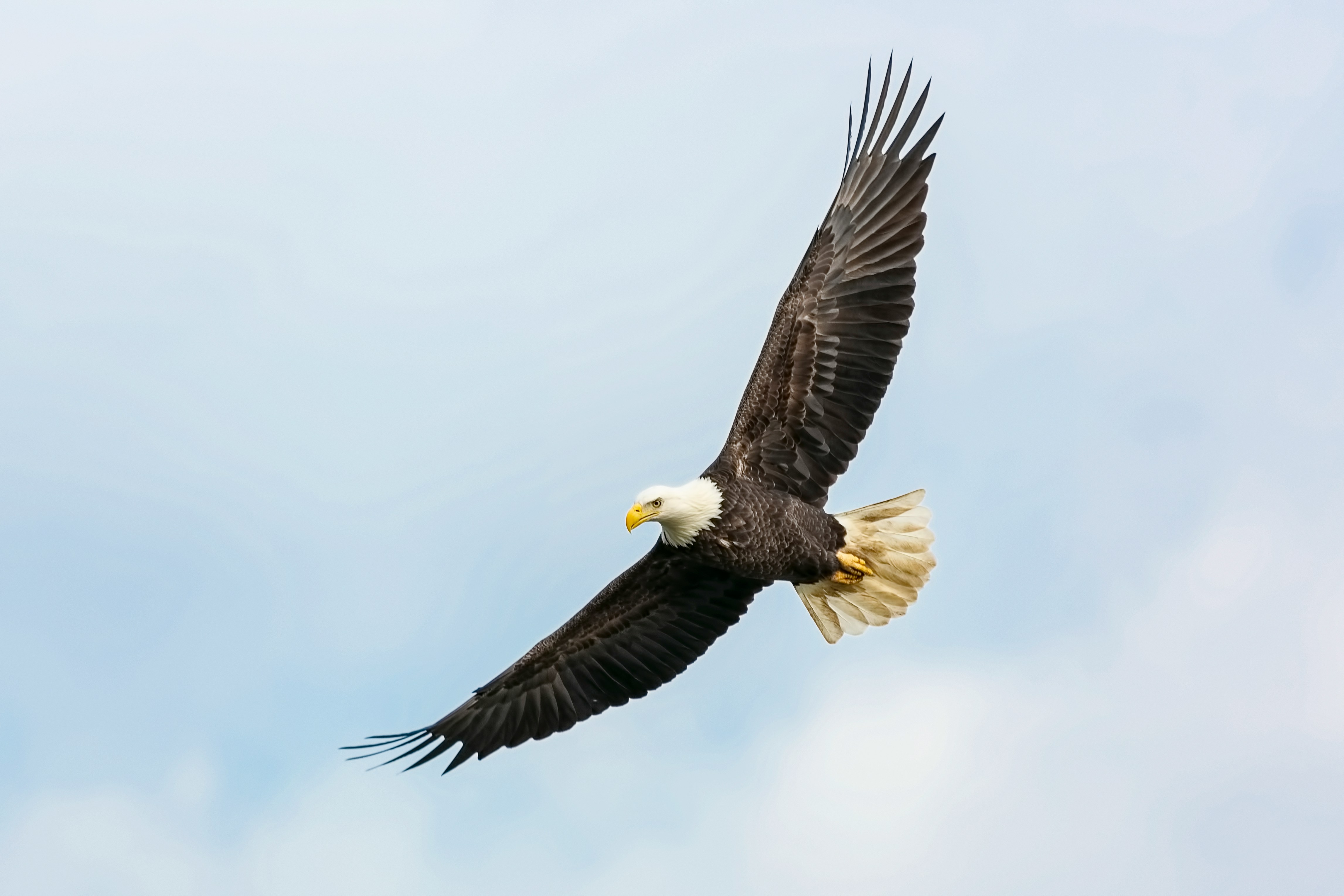News release
From:
Zoology: Respiratory structures give soaring birds a lift (N&V)
Inflated air sacs in the chest of soaring birds may help to improve the efficiency of that flight style, according to a paper published in Nature. The findings suggest that the respiratory system may be functionally linked with the flight muscles of the wings of some birds.
The respiratory system of birds is known to enhance their ability to perform powered flight; however, its role in soaring birds remains unclear. The subpectoral diverticulum (SPD) is an extension of the respiratory system in some birds that dives between the main muscles responsible for flapping the wing, forming an air-sac system beneath the wings.
Emma Schachner and colleagues surveyed the respiratory systems of 68 bird species, including the red-tailed hawk and the Swainson’s hawk, to better understand the functional role of the SPD. They found that the SPD was present in virtually all soaring birds investigated but was absent in non-soaring species. The authors suggest that the SPD is involved in enabling soaring birds to hold up their wings whilst in flight. Additionally, the SPD was not found to be important for ventilation. The authors also investigated the evolution of the SPD and found that it independently evolved with soaring flight at least seven times, indicating that it may have a functional and adaptive relationship with the soaring flight style.
The findings may represent some of the first evidence that respiratory tissues are functionally linked with the flight muscles of the wings of soaring birds.



 Australia; International
Australia; International



